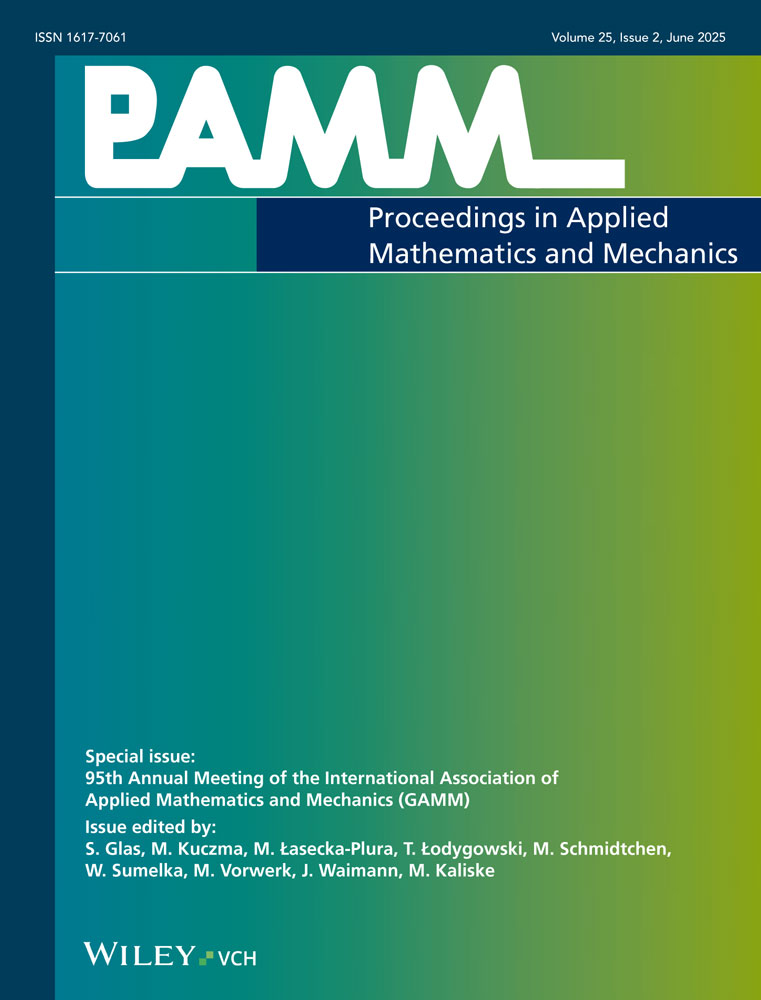Transient amplification of maximum vibration amplitudes
Abstract
Many low damped structures as turbine blades or drill strings are exposed to high dynamical loads causing high vibration amplitudes. These applications comprise sub-critical eigenfrequencies. Hereby, the lower eigenfrequencies have to be passed before reaching the operating point. Most investigations of vibration amplitudes caused by a resonance passage deal with the computation of single degree of freedom systems. Thereby, it has been shown that the stationary vibration response provides the highest possible amplitude. Further it can be stated that the maximum vibration response of the resonance passage decreases with an increasing sweep velocity [3]. Isolated modes of linear systems can be represented by single degree of freedom systems. Subsequently a mode shape can be described by the multiplication of the amplification function of the mode and the belonging eigenvector. There are only some recent works that deal with resonance passages of vicinal modes, e. g. [1].
In this paper the resonance passage of a three dimensional system with nearby modes is studied. To calculate the transient vibration response an analytical approach is used. It is shown that the maximum amplitude of the stationary vibration response is not the upper limit for the maximum amplitude of the resonance passage. Thus, the maximum amplitude may rise while the sweep velocity increases. Hence, regarding a multi degree of freedom system the maximum amplitude of the resonance passage can exceed the maximum amplitude of the stationary vibration response. (© 2015 Wiley-VCH Verlag GmbH & Co. KGaA, Weinheim)




